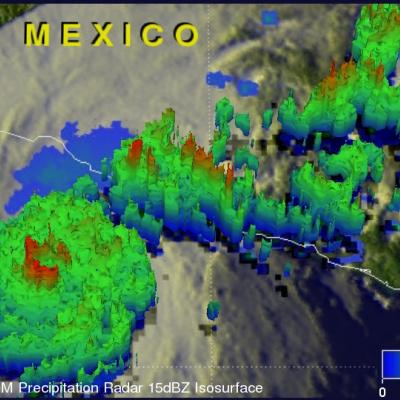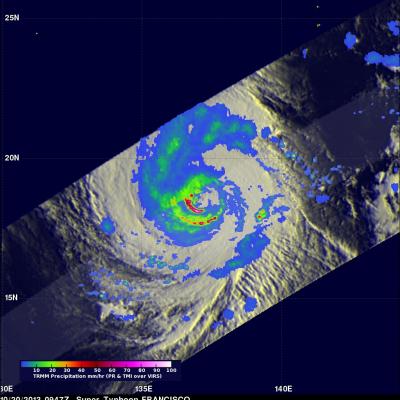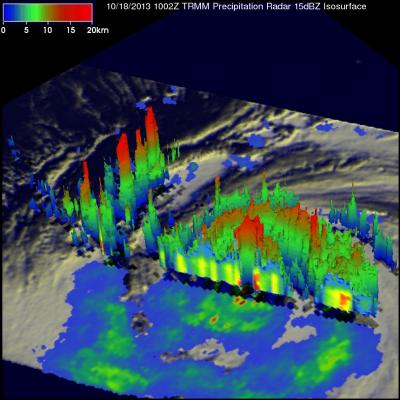International GPM Ground Validation Workshop
The Sixth International Ground Validation Workshop will be held November 5 -7 in Rome, Italy, at the headquarters of the National Research Council of Italy ( CNR), Institute of Atmospheric Sciences and Climate ( ISAC). The workshop is organized in coordination with NASA’s Precipitation Measurement Missions Science Program. The meeting will focus on activities related to the upcoming launch of the Global Precipitation Measurement mission's Core Observatory, including: Developing consensus plans for post-launch assessments of satellite algorithms/products using GV measurements Reviewing results





